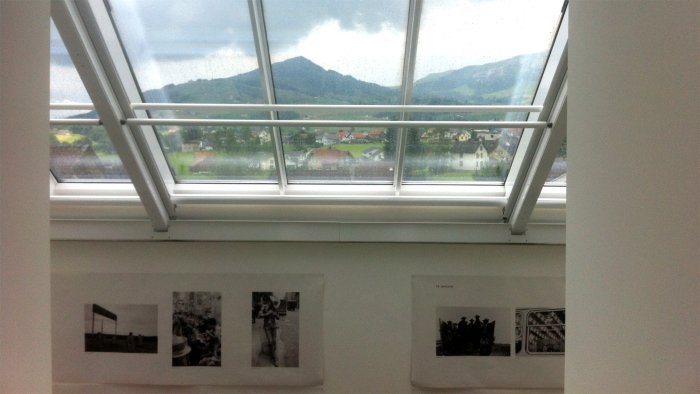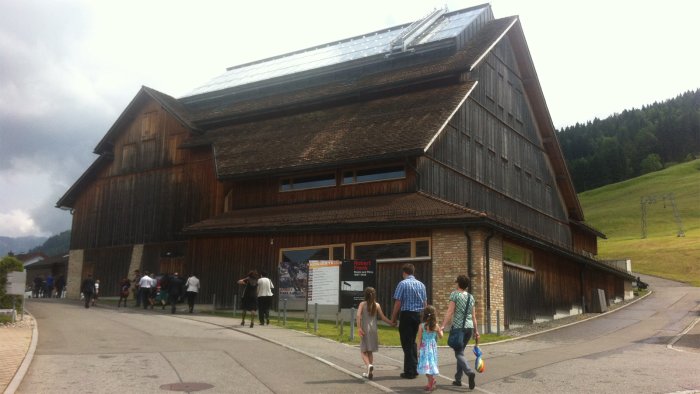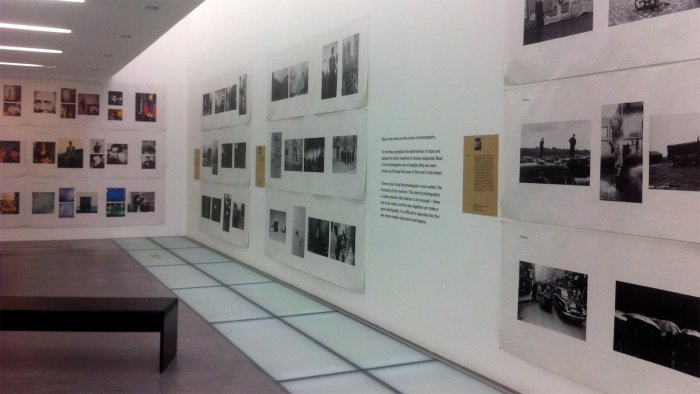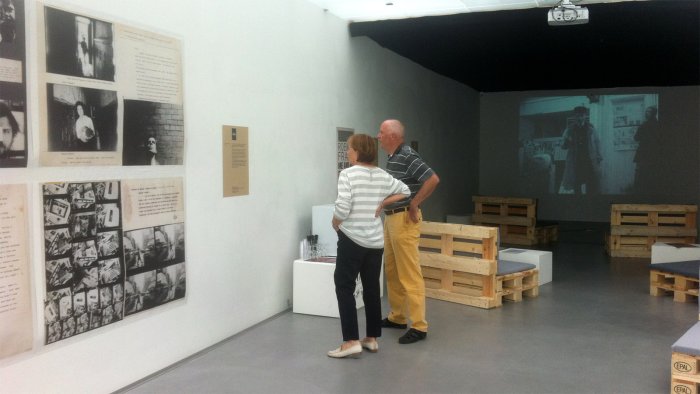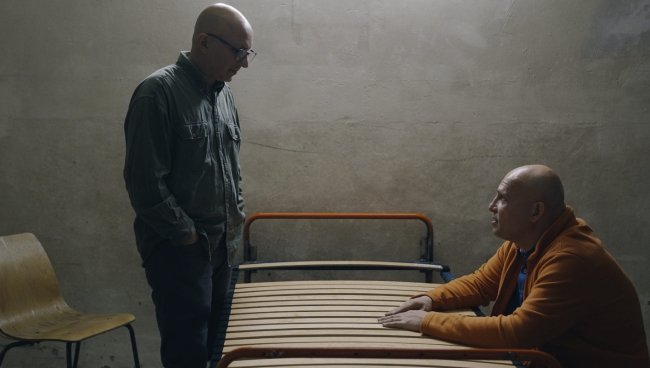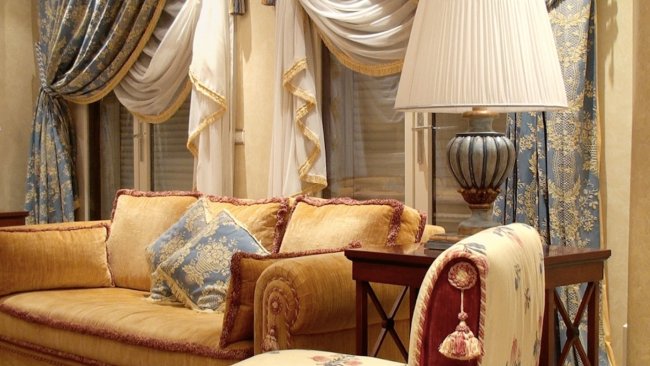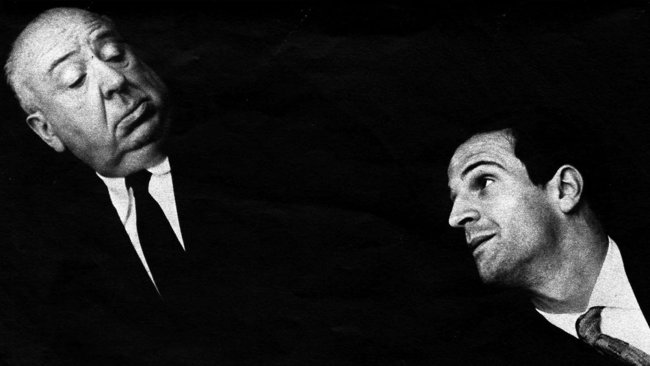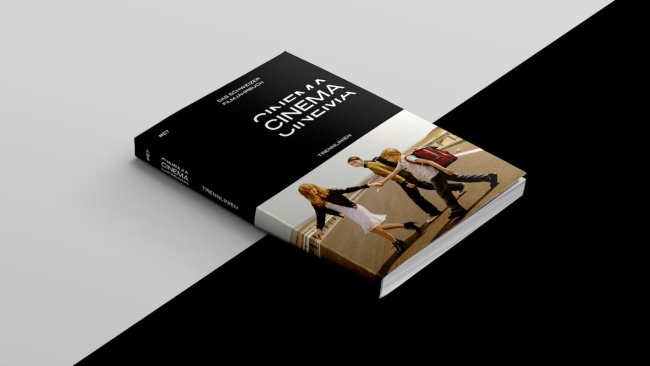Robert Frank - Books and Films 1947-2016
[…] Thus, there is a specific “filmic” core in his photos, and it comes as no surprise that after his first success with the photographic book «The Americans», in 1959, he devoted himself to filming. Already the creation of this book, and the creation of a photographic book in general by Robert Frank, can be easily read with a filmic eye.
[…] Coming back to the “filmic” core of his photography, I am convinced that (more than the films) these books constitute the very accomplishment of his filmic “vision” of photography. The superb room on the ground floor, which is dedicated to his book projects, can be experienced like a cinematic journey through his life and his artistic working process.
Text: Giuseppe Di Salvatore
At ninety-two years of age, Robert Frank returns to his native Appenzell to review his entire lifespan as an artist. The exhibition at the Kunsthalle Ziegelhütte is an extremely rare occasion to have an almost complete retrospective on Frank’s works. One has the opportunity to follow the evolution of his artistic life and, moreover, to compare the various media used by the Swiss photographer.
Actually, his activity as a photographer is presented only as an introduction to the main focus of the exhibition, his films and books. Throwing another quick gaze at his first photos between Appenzell, New York, and the destinations of his first journeys, it can be quite instructive as we discover a sort of trademark that constantly recurs in his shots: the continuity between the first and second (and other) planes. His insistence on perspective lines and corridors reinforces the importance of depth; every photo seems to be engaged in the exhibition of depth. This specific setting cannot help but place movement at the centre of each photo, and that sets the framework for the people in these photographs to be shown. It is as if Frank would always build a scene for the people he portraits or captures. Thus, there is a specific “filmic” core in his photos, and it comes as no surprise that after his first success with the photographic book The Americans, in 1959, he devoted himself to filming. Already the creation of this book, and the creation of a photographic book in general by Robert Frank, can be easily read with a filmic eye.
The filmic scenography we find in his photographs is more difficult to find in his films. Paradoxically, his films seem to have a specific “photographic” core, for the dimension of the instantaneous, the momentary, the chance, the aleatoric, dominates as the leading criterion for shooting. Of course, here we recognize the American Sixties with the Beat Generation, John Cage’s experiments with chance procedures, and the Fluxus movement. It is probably this “poetic of the momentary” that gives his film projects a documentary flavour. More specifically, Frank appears to be interested in the idea of self-documentary: the filmic scenes, and even the use of the camera, serve to build a sort of unminded self-portrait. This interest affects his photographic activity too, as is evident in his work from the Seventies and even more in the Eighties when he systematically used a Polaroid for projects explicitly dedicated to self-portrait.
The access to Frank’s filmic material in the exhibition is not easy, with only two emplacements for a large quantity of material, and less than optimal sound and light conditions. Only one of the two emplacements allows the spectator to choose which film to watch, but one should be alone to choose. However, this could be also taken as the most coherent situation in which to access Robert Frank’s films, because one is forced to let chance decide what will be seen…
Robert Frank: «There is one thing the photograph must contain: the humanity of the moment. This kind of photography is called realism. But realism is not enough – there has to be vision, and the two together can make a good photograph. It is difficult to describe this thin line where matter ends and mind begins». I would say that almost all of Frank’s film projects err on the side of realism, whereas his former photos and books are able to display a vision (that is probably a filmic vision…), thus walking the thin line between matter and mind.
Yes, the highlight of the exhibition is definitely the part dedicated to his books. Incidentally, the publishing of old and new photographic books is clearly the main activity of the older Robert Frank. Over the last ten years, a strict collaboration with the Steidl Verlag in Göttingen has produced more than thirty titles, which embrace Frank’s entire lifework and collect published and unpublished photographs in curated editions. This huge work has to be seen not simply as a retrospective order for the activity of a great artist, but as a proper creative process, which is a way to better define what seems to be the best form of expression for Robert Frank. Coming back to the “filmic” core of his photography, I am convinced that (more than the films) these books constitute the very accomplishment of his filmic “vision” of photography. The superb room on the ground floor, which is dedicated to his book projects, can be experienced like a cinematic journey through his life and his artistic working process. For this great exhibition, a special edition of the Süddeutsche Zeitung (always in collaboration with Steidl Verlag) is entirely dedicated to him: in a way, that is the synthesis of a synthesis, which Robert Frank himself has praised as exceptional.
***
Janine Rudolf’s video article on the exhibition, with the presence of Robert Frank, on arttv.ch
Info
Robert Frank | Books and Films 1947-2016 | Exhibition | Kunsthalle Ziegelhütte Appenzell
Robert Frank’s books by Steidl Verlag
First published: July 26, 2016
